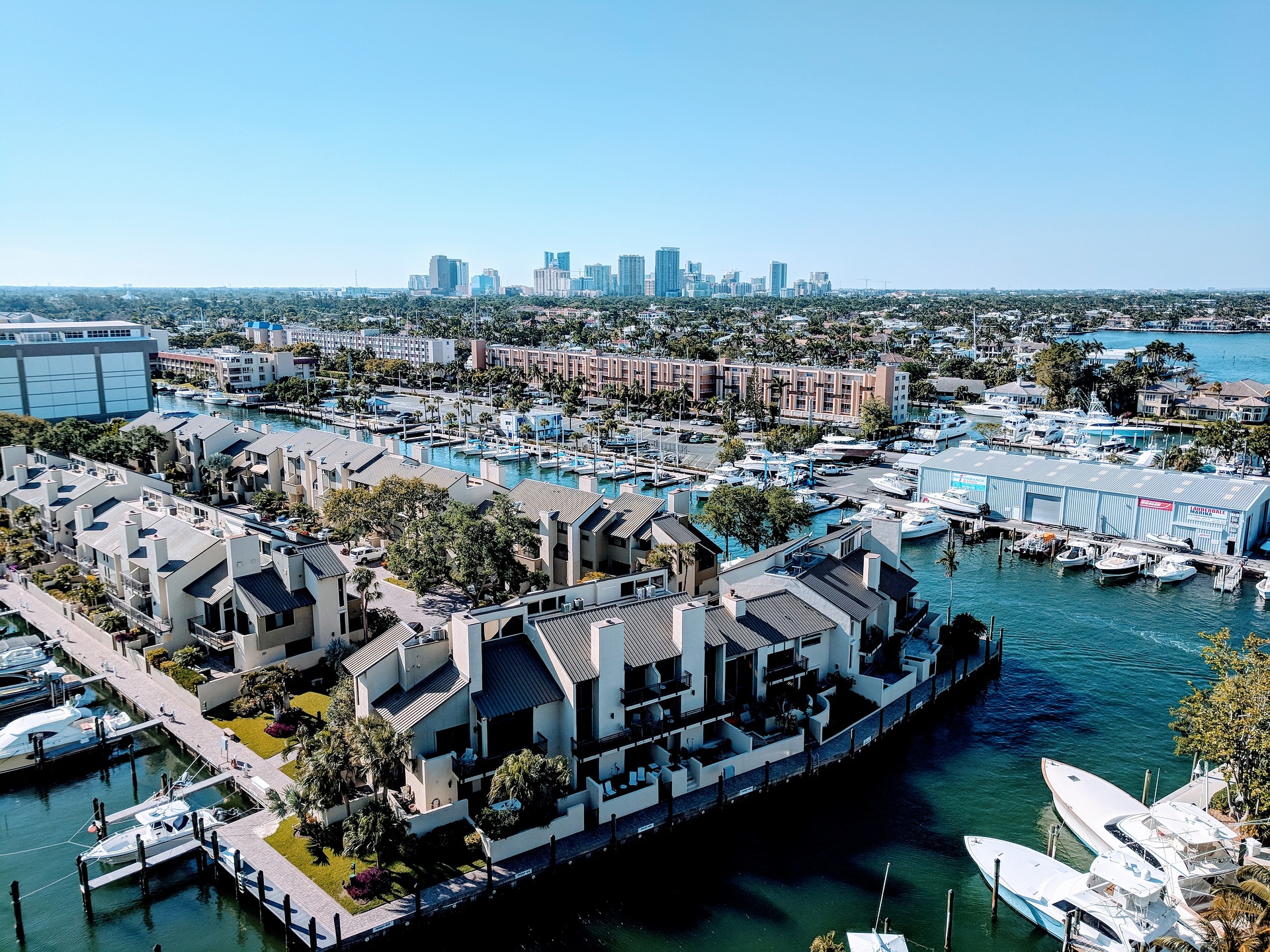The area has a housing affordability problem in part because a limited amount of land for development continues to sell for higher amounts of money.
FORT LAUDERDALE, Fla. – South Florida is seeing a stark drop in the number of new housing projects expected to be developed, as the region deals with an affordability crisis – fueled in part by a lack of available places to live.
New residential housing permits issued in South Florida plummeted 21% in 2022 when compared to the year before, according to the latest data from Point2Homes, a company that analyzes real estate trends.
It stands in contrast to the state of Florida, which saw less than a 1% decrease in 2022 compared to 2021.
“Generally speaking, it’s the combination of an increase of construction costs, coupled with the rise in interest rates,” said Nelson Stabile, principal of real estate development company Integra Investments, and president of Builders Association of South Florida. “The rise also comes with lenders stifling their lending requirements, which makes the feasibility of a new project start to be a little bit more challenging in today’s economic environment than 12 months ago.”
The decrease in permits issued comes at a time when it’s a struggle for many to find affordable places to live and South Florida is dealing with an influx of demand for housing and migration to the area.
The cost of land has been particularly prohibitive when taking into account all the other factors happening in the market, added Peggy Olin, CEO of One World Properties, a real estate brokerage, in Fort Lauderdale.
“The cost of land is outrageous in South Florida compared to other places,” she said. “A lot of developers are analyzing the price of dirt, and it doesn’t make sense. Construction costs aren’t coming down and it’s becoming cost prohibitive to make the numbers work.”
Depending on the area, land in South Florida can range from double to almost four times what it might cost somewhere else, according to Olin.
And as available land is not only expensive but also dwindling, not only have permits overall been on the downturn, but permits issued for single-family homes have also been decreasing when compared to permits issued for multi-family developments.
“It’s easier to build [multi-family] than single-family homes because of the land. When you build horizontally, as opposed to vertically, the opportunities are smaller of where the location can be. And it might not be as appealing because it’s too far out west,” added Orlin.
Florida, however, only saw a small decrease year over year in the number of residential permits issued, less than 1%.
Florida, the third most-populous state, had among the highest raw numbers in the country in terms of permits issued in 2022. While the sheer population is a significant factor, there’s more to the overall picture.
“Florida also has strong population growth and a strong job market. Many people have chosen to relocate to cities like Miami, Orlando and Tampa since the pandemic started,” said Andra Hopulele, senior writer with Point 2 Homes.
Florida’s population expanded 1.9% to 22,244,823 from 2021 to 2022, according to data from the U.S. Census Bureau.
The overall lack of permits being issued only further fuels the affordability crisis in South Florida as developers struggle to keep up with the demand for housing.
“The more product we bring to the market, the more competition we bring between the landlords and sellers, which will force them to lower their prices,” Stabile said.
However, the arrival of the Live Local Bill, a bill aimed at producing more affordable housing in Florida, could help change the scene in South Florida. The “Live Local Act” also preempts local zoning laws, and allows developers to build units in commercial and industrial areas as long as 40% of the units are affordable. It also strips local governments’ power to enact any sort of rent-control measures, and preempts local laws in regards to density and building heights in certain circumstances.
“The more money a developer spends on the process of getting the project approved translates into the cost of the end product,” said Stabile.
By Amber Bonefont. © 2023 South Florida Sun-Sentinel. Distributed by Tribune Content Agency, LLC.



